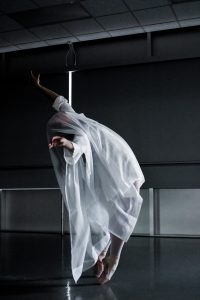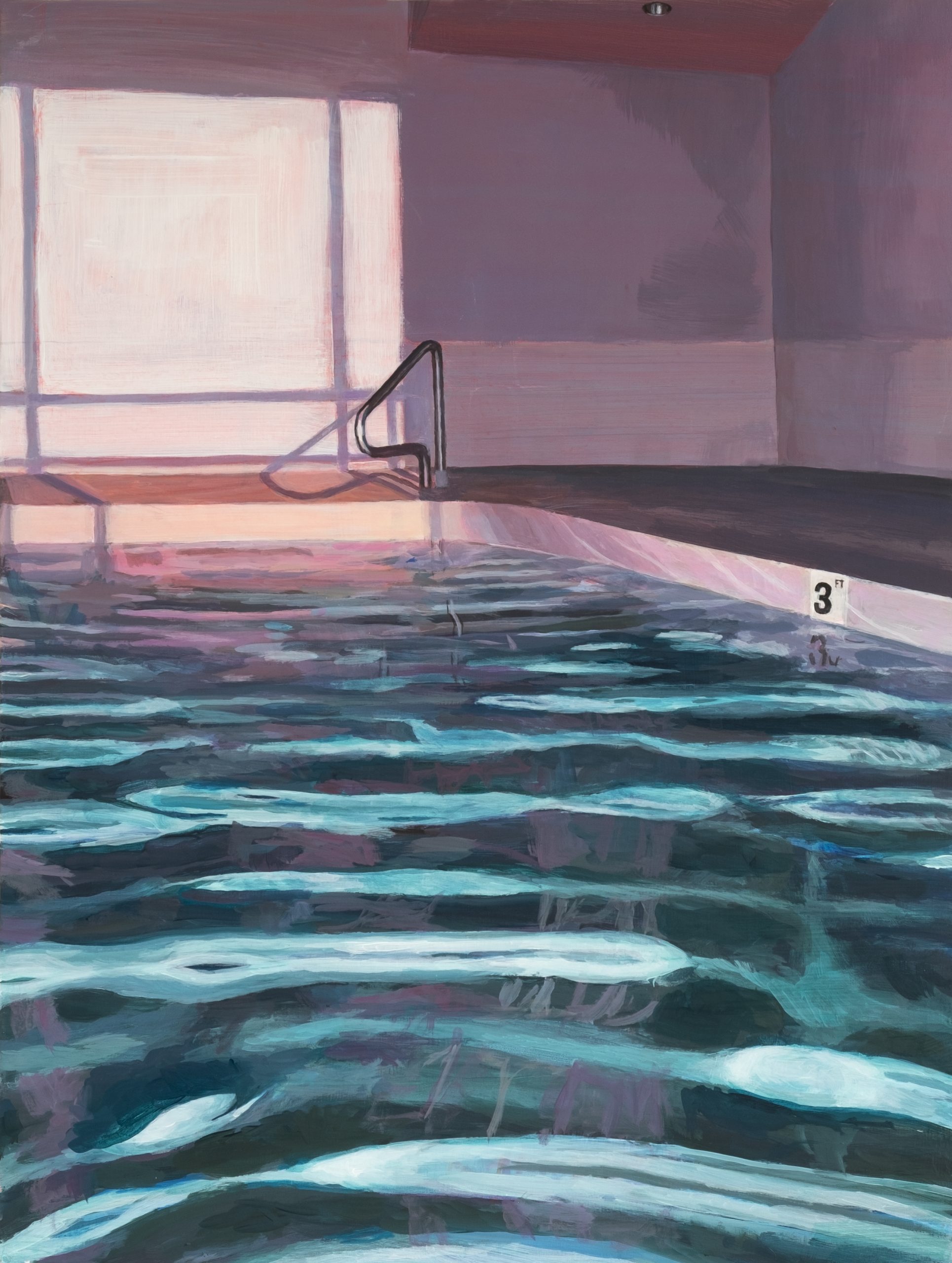By Elizabeth Tervo
With apologies to Giorgi Lobjanidze and to Rumi

“The Fall of the Albatross” by Sydnie Poulsen
“Our knowledge is but borrowed.
It is a problem for our souls,”
wrote a poet in a faraway language
translating an even farther away language
which is the issue of fairytales: I will never know it.
So I read it wrong and I understood instead:
“our souls are but borrowed, they are stolen.”
In the gap between one language and the next language
is a mystery, so I sat down to write.
Later that day I was standing
between one stone and the next stone,
on the wet green grass in the cemetery
and the borrowed souls milled around in my mind.
We waited while her body was lowered
then we did not know what to do, because
they never fill in the earth while we are there—why?
Please, do it, cover her up, keep her safe.
I turned away and saw the hearse in the line of cars
and I thought, it is waiting for her,
to take her back to the church and then home.
She will need to rest, such an old lady.
Idiot! I saw her go into the ground myself.
She is not going anywhere.
We came to the cemetery, today, with her,
and the flowers, and the tears, and the crowd
exactly on purpose to leave again without her.
The uterus is the hearse
that carries us into this world
and leaves again, empty.
We like to stand up and call our souls “ours,”
but we are only borrowed.
In the gap between the one darkness
and the next darkness is a mystery, color, life.
Elizabeth Scott Tervo is a Presvytera, or Greek Orthodox priest’s wife, at St Sophia Church in Washington State. She has published poetry and stories in the New Haven Review, the Wheel, the Basilian and other journals. Her memoir The Sun Does Not Shine Without You, about the time she spent as an exchange student on the eve of the breakup of the USSR, came out in 2021 in the country of Georgia by Azri publishers.
(Art) The photographer wanted to depict the moment in Coleridge’s famous poem Rime of the Ancient Mariner, where the albatross is shot; this action in the poem prompts a chain of events, and this photograph captures the haunting effects of the tale. This ballerina is draped in a shroud, like a ghost, representing the death of the bird and the tragedy of the loss of innocent life.



